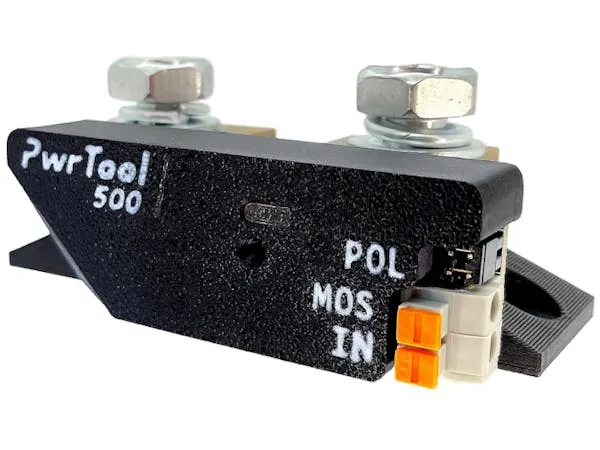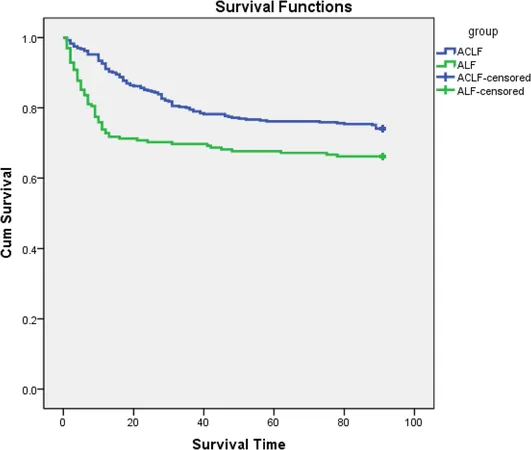
Unlocking the Power of Secukinumab: New Insights for Hidradenitis Suppurativa Patients!
2025-08-25
Author: John Tan
Revitalizing Hidradenitis Suppurativa Treatment!
Exciting new findings reveal that secukinumab, a promising treatment for hidradenitis suppurativa (HS), can have varied effects based on factors like the severity of the disease, body weight, and levels of inflammation at baseline.
How Was the Data Collected?
These insights stem from an in-depth analysis of the combined results from the groundbreaking SUNSHINE and SUNRISE phase 3 trials. Led by Dr. Afsaneh Alavi from the Mayo Clinic, researchers examined the pharmacokinetics (PK) and safety of secukinumab administered at both 300 mg every two weeks (SECQ2W) and every four weeks (SECQ4W).
What Did the Research Uncover?
Dr. Alavi and her team provided compelling evidence on how baseline characteristics impact patients' responses to secukinumab. Their major focus was to analyze the relationship between initial weight, severity of HS, and inflammatory markers like high-sensitivity C-reactive protein (hsCRP), shedding light on secukinumab's efficacy over a period of 52 weeks.
Study Highlights: A Double-Edged Analysis!
The SUNSHINE and SUNRISE trials were meticulously designed as double-blind, placebo-controlled studies. They compared the short-term (up to 16 weeks) and long-term (up to 52 weeks) effects of secukinumab on adults with moderate-to-severe HS, ensuring a robust and scientifically sound approach.
Participants were selected if they displayed at least five inflammatory lesions across two distinct anatomical areas, allowing for a thorough examination of treatment effects against a placebo.
Dosing Dynamics Explored!
The analysis revealed that, by weeks 16, 24, and 52, the serum concentration of secukinumab in the SECQ2W group was approximately double that of the SECQ4W cohort. Notably, early results suggested a potential 3% higher improvement in clinical response (measured by the Hidradenitis Suppurativa Clinical Response, or HiSCR) for those receiving doses every two weeks.
A Marked Improvement in Inflammatory Markers!
The researchers also documented significant drops in hsCRP levels; for instance, SECQ2W patients saw a reduction from 18.6 mg/L to 12.8 mg/L within 16 weeks, while SECQ4W patients dropped from 15.9 mg/L to 11.5 mg/L. In contrast, the placebo group experienced negligible changes, highlighting the drug's effectiveness.
Good News on Safety!
The research indicated that factors such as increased weight and disease severity correlated with lower secukinumab levels. Fortunately, the study found a very low rate of anti-drug antibodies (<1%), indicating a promising safety profile similar to other approved uses of secukinumab.
Conclusion: A Game-Changer for HS Patients!
Overall, this new data suggests that secukinumab dosing, especially at a more frequent interval, could offer enhanced benefits for certain patients suffering from HS. Alavi and her colleagues concluded that secukinumab significantly reduced hsCRP levels and maintained a stable safety profile, paving the way for improved treatment protocols in managing this challenging skin condition.




 Brasil (PT)
Brasil (PT)
 Canada (EN)
Canada (EN)
 Chile (ES)
Chile (ES)
 Česko (CS)
Česko (CS)
 대한민국 (KO)
대한민국 (KO)
 España (ES)
España (ES)
 France (FR)
France (FR)
 Hong Kong (EN)
Hong Kong (EN)
 Italia (IT)
Italia (IT)
 日本 (JA)
日本 (JA)
 Magyarország (HU)
Magyarország (HU)
 Norge (NO)
Norge (NO)
 Polska (PL)
Polska (PL)
 Schweiz (DE)
Schweiz (DE)
 Singapore (EN)
Singapore (EN)
 Sverige (SV)
Sverige (SV)
 Suomi (FI)
Suomi (FI)
 Türkiye (TR)
Türkiye (TR)
 الإمارات العربية المتحدة (AR)
الإمارات العربية المتحدة (AR)